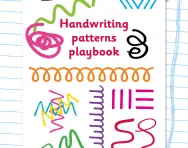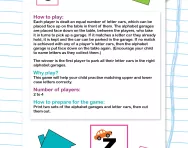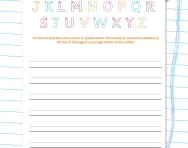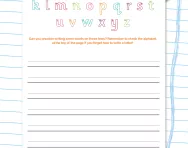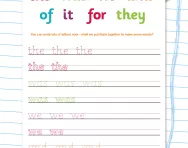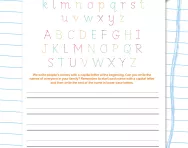TheSchoolRun.com closure date
As we informed you a few months ago, TheSchoolRun has had to make the difficult decision to close due to financial pressures and the company has now ceased trading. We had hoped to keep our content available through a partnership with another educational provider, but this provider has since withdrawn from the agreement.
As a result, we now have to permanently close TheSchoolRun.com. However, to give subscribers time to download any content they’d like to keep, we will keep the website open until 31st July 2025. After this date, the site will be taken down and there will be no further access to any resources. We strongly encourage you to download and save any resources you think you may want to use in the future.
In particular, we suggest downloading:
- Learning packs
- All the worksheets from the 11+ programme, if you are following this with your child
- Complete Learning Journey programmes (the packs below include all 40 worksheets for each programme)
You should already have received 16 primary school eBooks (worth £108.84) to download and keep. If you haven’t received these, please contact us at [email protected] before 31st July 2025, and we will send them to you.
We are very sorry that there is no way to continue offering access to resources and sincerely apologise for the inconvenience caused.
Forming letters: words in upper and lower case
What is joined up handwriting?
Joined up handwriting is a way of writing where the letters in words are connected together with flowing lines. Instead of writing each letter separately like in printing, cursive writing lets you write words with one continuous motion, making it faster and smoother.
What is another word for joined up writing?
Cursive is another word for joined up writing. It is essentially two different ways of describing the same style of handwriting.
The term cursive comes from the Latin word currere, which means 'to run', reflecting the flowing nature of the writing style.
On the other hand, joined up is a more descriptive term that emphasises the idea that the letters are connected together in a continuous manner.
Both terms are commonly used to refer to this style of writing, and the choice of terminology may vary based on regional preferences or educational systems.
What age does a child use joined up, or cursive, writing?
In the UK, children typically start learning joined up or cursive writing around the ages of 7 to 8, which is generally in Year 2 of primary school. However, this can vary depending on the school and the individual child's development.
Teachers introduce cursive writing gradually, starting with basic letter formations and then progressing to connecting letters within words as children become more proficient.
By the end of primary school (around age 11), most children in the UK are expected to be able to write fluently in joined up handwriting.
How will this cursive handwriting worksheet help my child in KS1 (Year 2)?
This expert-created cursive handwriting worksheet is perfect for practising joining upper and lower case letters at home. It will prepare your child for what they will be doing at school and boost their confidence. It's a fun activity designed to be enjoyable and educational.
A cursive handwriting sample alphabet is a useful reference tool when you child is writing words and sentences using upper and lower case letters independently. Could they make up a joke or limerick to model their best joined-up handwriting with?
For more handwriting help, check out our hub page, or try a new challenge such as our Curly caterpillar cursive handwriting practice.

